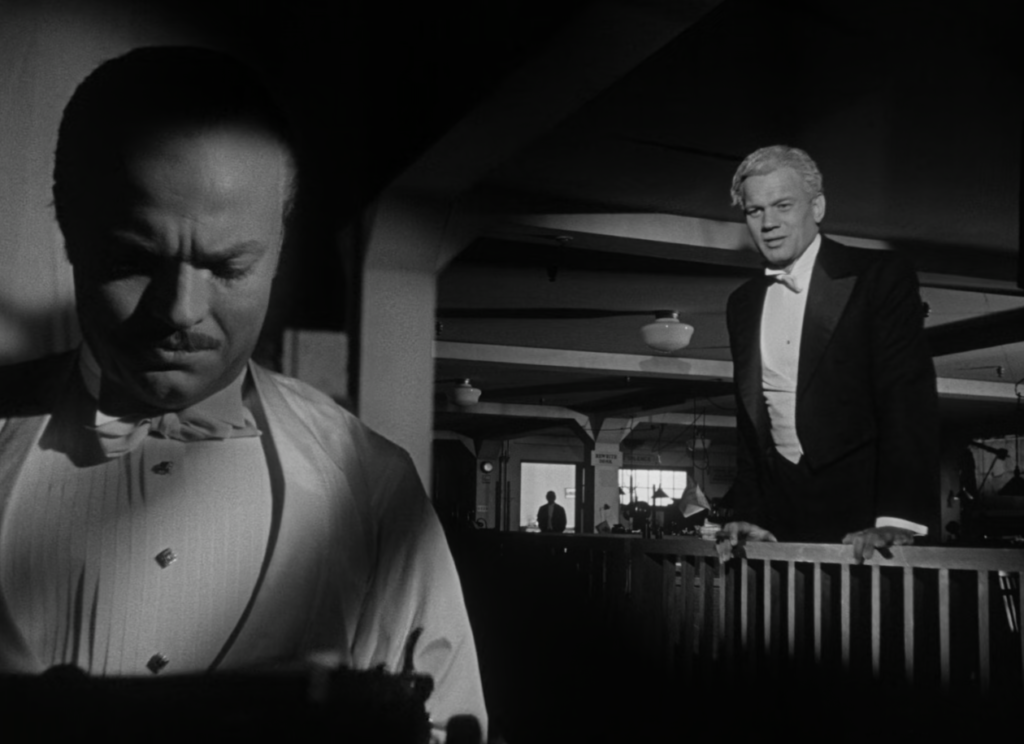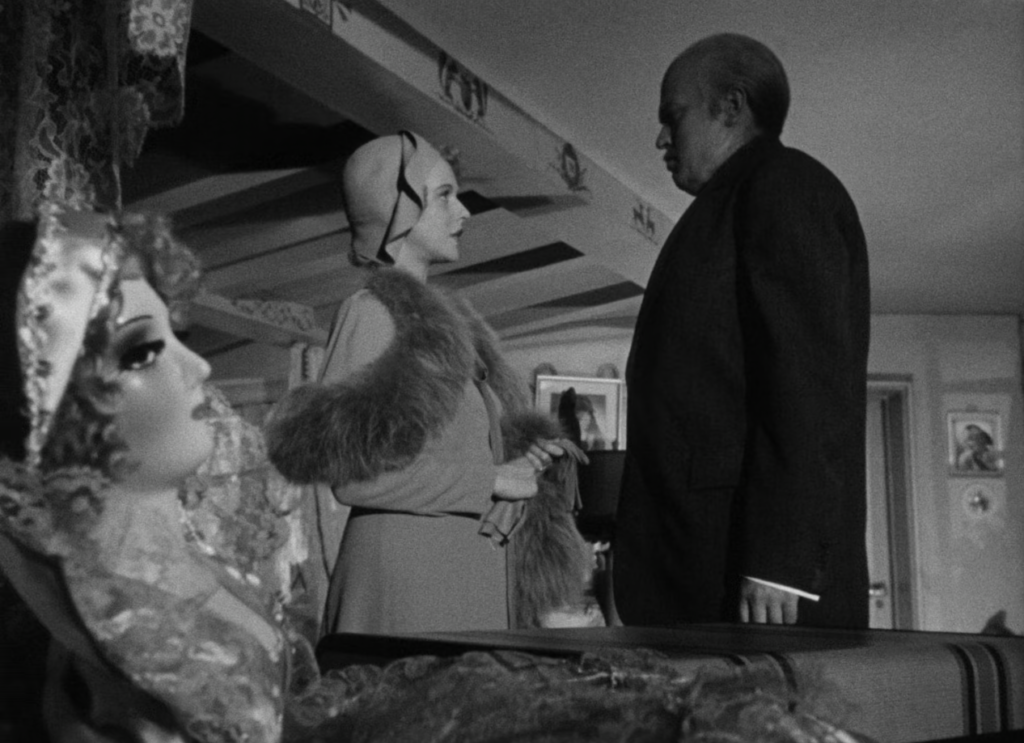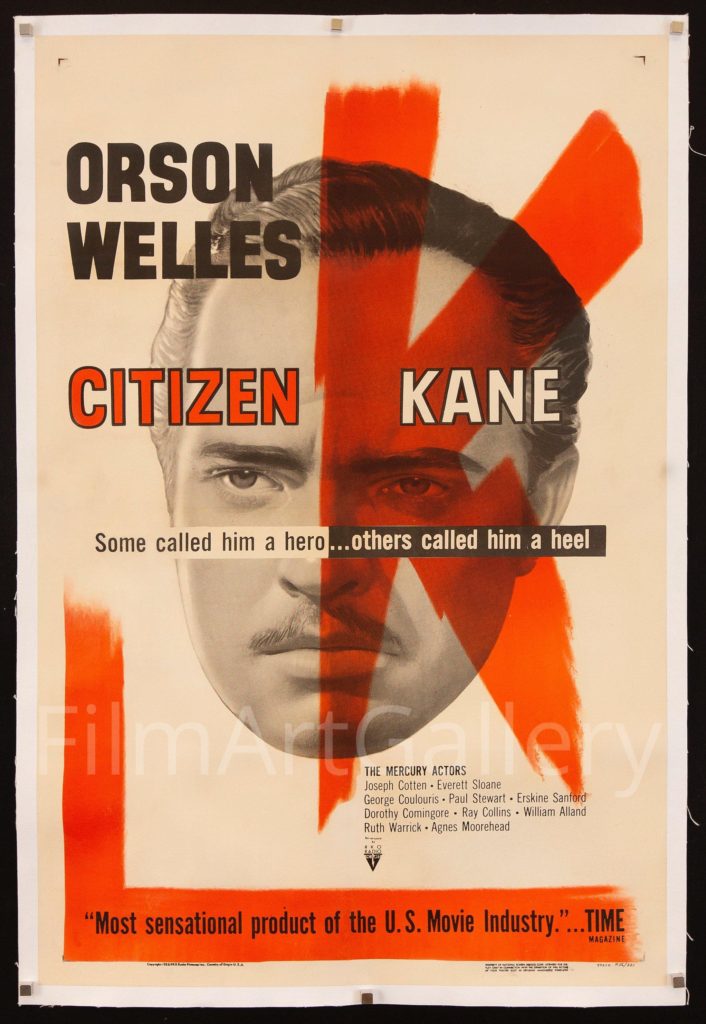
CITIZEN KANE TASK – “You’re Fired!”


Microsoft stream link:
https://web.microsoftstream.com/video/062d4fd5-ca7c-4bd8-8407-332963858e63?list=studio
‘Explain how the production context of Citizen Kane influenced the ‘look and feel’ of the end product’
Citizen Kane was produced, co-written and directed by Orson Welles who is now known as one of the most influential film makers of all time. Welles was given complete control over the whole filming process by RKO from casting the actors to having final cut privilege with a huge budget of $839,727. It was an unusual decision by RKO to let Welles have full creative freedom, especially as he was filming his first feature film which meant he had no experience in filmmaking, however, it ended up being an incredible decision as ‘Citizen Kane’ is now regarded as the ‘greatest film of all time’.
Welles used his knowledge on theatre and created detailed sets, moved the lighting [as he usually would in theatre productions] and found ways to move the camera in ways that had never been done before at the time. The most notable shots are the low-angle shots that allowed the ceilings to be in view as Welles believed that the camera should be able to see what the eye would see. This was new to Hollywood at the time as that was usually where the mics and lights were kept, making it quite inconvenient to record the audio, causing some of the ceilings to be made out of fabric so the audio could still be recorded.




‘Hall of mirrors’
‘Citizen Kane’ opened with an establishing shot of Kane’s dark Palace surrounded by fog, setting the mood for the upcoming scene where Kane is alone and mutters his last word, “Rosebud”. With a snowglobe rolling and eventually breaking on his floor.
Kane’s snowglobe plays a significant part in Kane’s story, as it represents his childhood home and links his death to his childhood. This is important as it shows the contrast between Kane’s comfortable and carefree childhood to his difficult adulthood after he was taken away from his family and childhood home. When his snowglobe shatters it represents his childhood and innocence being fragmented and lost.
The ‘Mirrors’ scene can be rooted back to Kane’s snowglobe as while he was destroying Susan’s room (his now ex wife) he uncovers the snowglobe that reminded him of his childhood, which was carefree, peaceful, and in order. When he picks it up he’s reminded of his early childhood and about the innocence he once had. Kane’s last words were “Rosebud,” which was his childhood sled. This is an additional representation of Kane’s childhood innocence being lost.
After finding his snowglobe Kane walks through a ‘hall of mirrors’ where Kane’s reflection is mirrored infinitly, which is used by Orson Welles to represent Kane’s fragmentation and loneliness. The endless duplicates of himself suggests Kane’s multiple personalities; a complex personality with different versions of himself that manifest into one person, ‘Charles Foster Kane’.